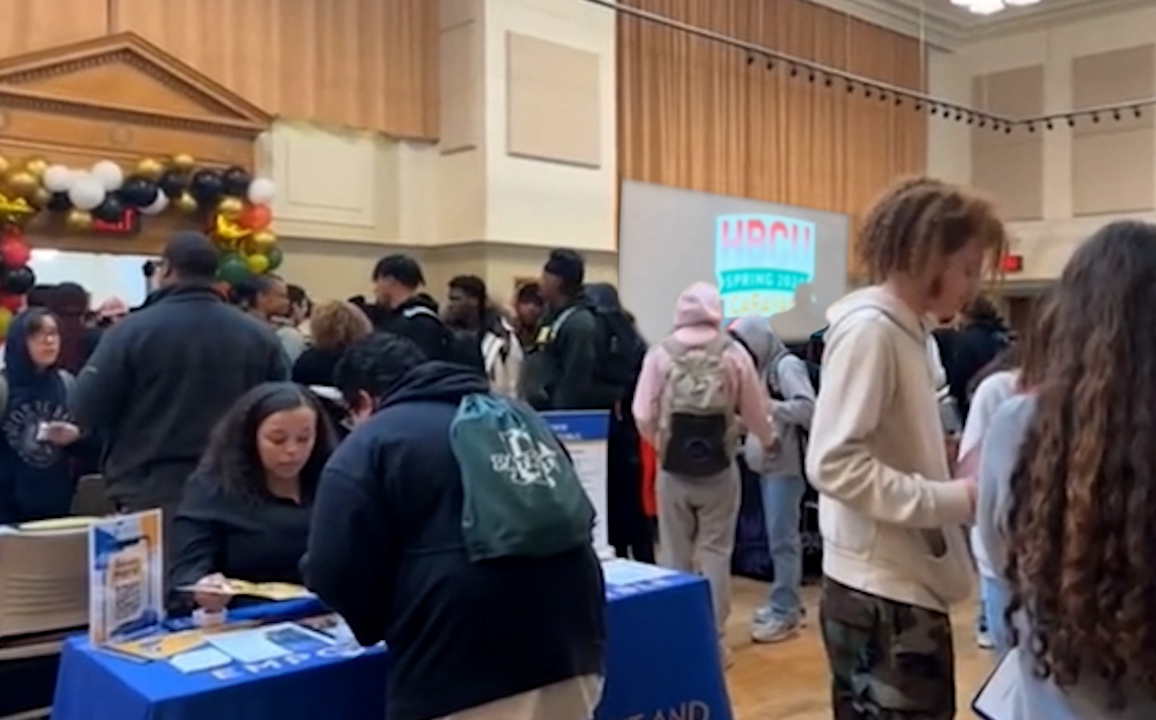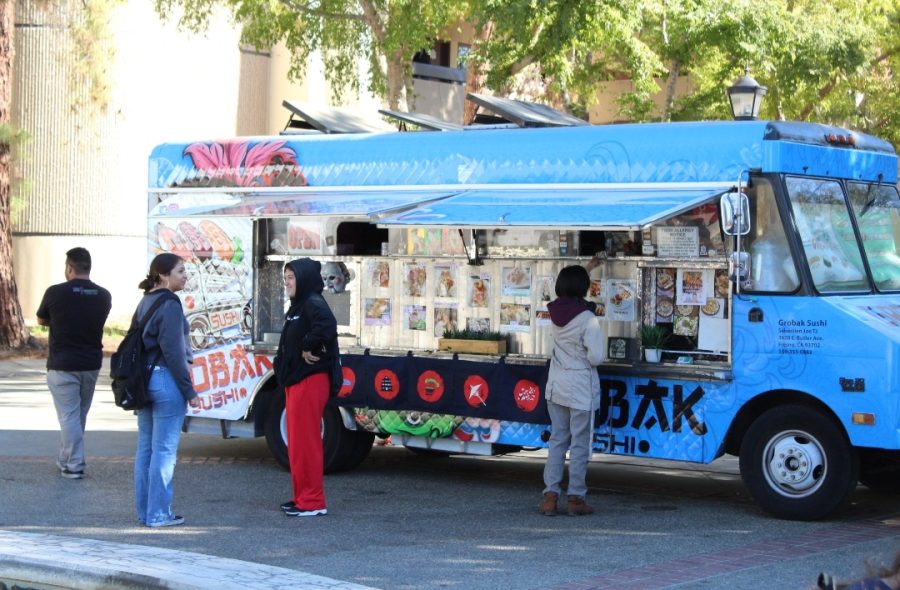The history of Fresno City College cannot be summed up in any one word, phrase, or book. Those who experienced it firsthand can only recollect some of its most memorable and noteworthy moments.
FCC’s history is deeply embedded in the constant, yet changing social, political, and economic phases that this country has experienced and endured.
There are far few and less in between who witnessed the influx of changes on the FCC campus.
Such a handful of people have been serving on this campus since before many of us were born.
One particular professor on the FCC campus is the leader in this historical legacy.
Franz Weinschenk’s commitment, integrity and character have made FCC’s campus worth noting. a story worth telling. But the most notable of all, is the story of this great man- and the history he has weaved throughout his fifty-four years of teaching.
With these characteristics, a once youthful and curious new face hopped onto the FCC campus expecting nothing more than becoming an influential college professor.
What he found were hallways full of political turmoil, classrooms filled with students, professors anxious to teach, and a new, different and looming educational frontier.
He came with four years of high school teaching experience under his belt and two years of service in the Korean War of the early 1950s.
All of this, almost never was.
Weinschenk’s wine making father uprooted his family and they fled Nazi-Gernmany just as the violent anti-semitism took hold in the late 1930s.
He and his family settled in Brooklyn, NY for a few years before spending the rest of their lives in the small town of Madera, CA.
It was here in the valley that Weinschenk’s teaching career and legacy began. Little did he know, that for the next fifty-four years of his life, FCC would be his home and his footprints would mold the surroundings on this college campus and ultimately shape the educational structure that students and professors so leisurely enjoy today.
The first few years of Weinshchenk’s life at Fresno City began when the campus was located on Blackstone and “O” streets. During this time, FCC had 450 students and 46 instructors. It was this time in history that minorities were underrepresented and students led many of the protests that directly affected or impacted their lives.
Weinshchenk began teaching courses in Speech, English and Journalism. It was through Journalism that he created the first yearbooks that exist today on the FCC campus. He holds the first three in his office and is overly protective of their composure and significance.
“Those are the only ones that exist, and if I lose them, I will have no memory of those years I took part in putting them together” he enthusiastically explained. He begins to tell the tale of a memorable student who was only interested in taking pictures for the yearbook, and would do so to the point of obsession.
“For some reason, I will always remember that young man. I know he was at the Fresno Bee for many years- and became a great photographer,” he recalls.
He continues to unravel stories of students, classes, and the evolving FCC campus, which didn’t come to be independent of the Fresno State College campus until the late 1950’s.
By the early 1960’s, Fresno City College became an official institution, open to hundreds of students who were interested in attaining a higher education. Weinshchenk soon found himself immersed in the teaching of other courses and became the college’s first debate coach. Fellow students and team members won state and national honors, paving the way for recognition on the FCC campus.
It was the 1960’s that led to some of the most drastic and influential changes on the FCC campus. Weinschenk recalls a time where “FCC never stopped listening to the students and their needs” for it was this campus that mentored its students in one of the most controversial, historic and monumental changes in American history. Weinschenk was there and he has quite the story to share…



